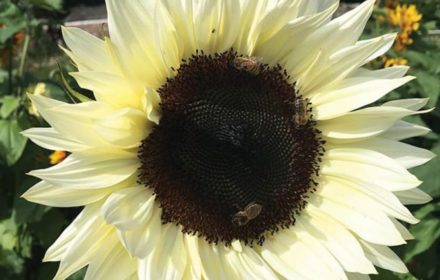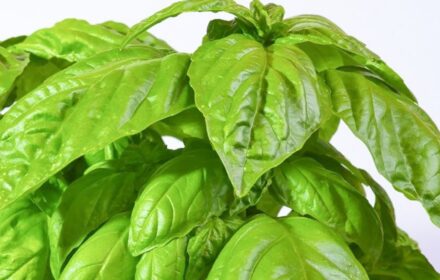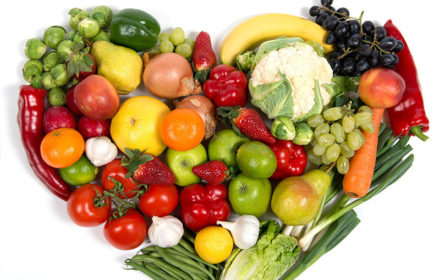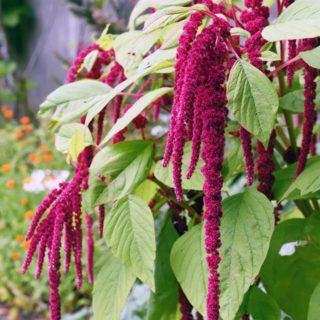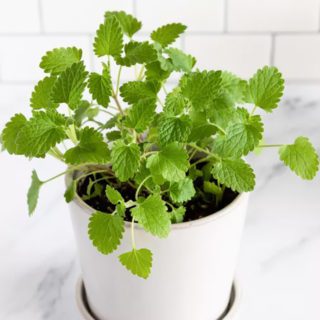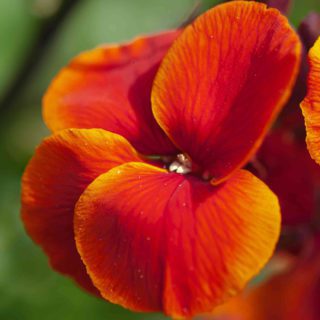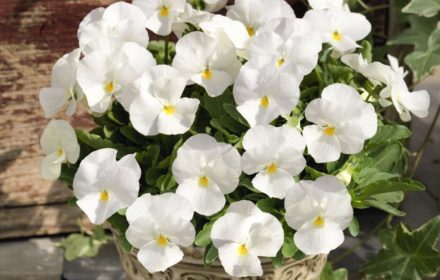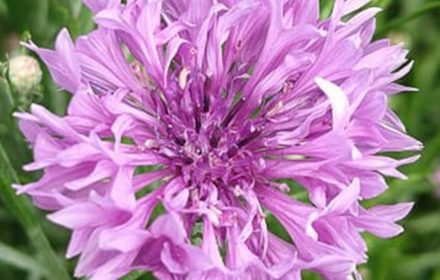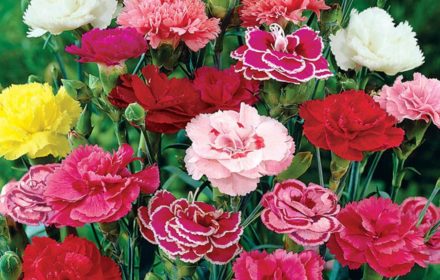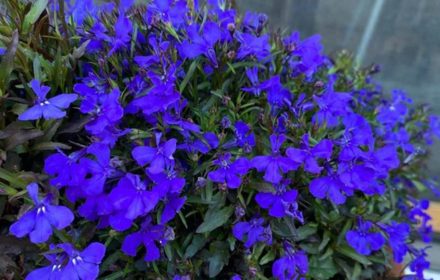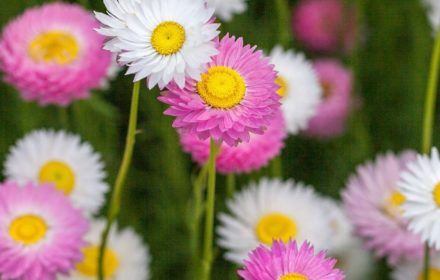How to Sow Rosy Red Cornflower Seeds in the UK
Rosy Red Cornflowers are a striking addition to any UK garden, with their bright red blooms standing tall on stems up to 100cm in length. These drought-resistant flowers thrive in well-drained soil and are easy to grow, even for beginners. Known for their hardiness and self-seeding nature, red cornflowers are perfect for pollinator-friendly gardens, providing a consistent supply of vibrant flowers that can be used in cocktails, salads, or as garnishes.
When to Sow Rosy Red Cornflower Seeds
- Indoor Sowing: Start seeds indoors at any time of the year, positioning seed trays or pots near a sunny, south-facing window.
- Outdoor Sowing: Sow seeds outdoors from late spring, once the risk of frost has passed, and the ground has warmed up.
Step-by-Step Guide to Sowing Rosy Red Cornflower Seeds
Indoor Sowing
- Prepare Containers: Fill seed trays or small pots with fine, well-draining seed compost.
- Sow the Seeds: Plant seeds approximately 1/4 inch (6mm) deep in the compost. Cover lightly with a thin layer of compost.
- Ideal Germination Conditions: Maintain a consistent temperature of 12-21°C (54-70°F) for optimal germination. Place the trays or pots in a bright, sunny location.
- Spacing: If sowing multiple seeds in a tray, ensure a spacing of at least 3 inches (7.5cm) between seeds to allow roots to establish without overcrowding.
Outdoor Sowing
- Prepare the Soil: Choose a sunny location with well-drained soil. Loosen the ground with a fork and remove any weeds.
- Sow the Seeds: Plant seeds directly into the ground at a depth of 1/4 inch (6mm). Space seeds at least 3 inches (7.5cm) apart for proper root development.
- Watering: Gently water the area after sowing, keeping the soil moist but not waterlogged.
Caring for Rosy Red Cornflower Plants
- Watering: Water regularly during dry periods, but avoid overwatering as cornflowers prefer well-drained soil.
- Sunlight: Ensure the plants receive full sun for optimal growth and flowering.
- Feeding: Cornflowers generally do not require fertilisation, but a light application of balanced fertiliser in poor soils can promote healthier growth.
- Support: Taller plants may benefit from staking to prevent them from bending or snapping in windy conditions.
Transplanting Cornflower Seedlings
- When to Transplant: Once seedlings reach a height of 3 inches (7.5cm) or more, they can be carefully transplanted to their final growing location.
- Spacing: Maintain a spacing of 12 inches (30cm) between plants to ensure adequate air circulation and room for roots to spread.
- Acclimatisation: Gradually harden off seedlings by placing them outdoors for a few hours a day over a week before transplanting.
Harvesting and Uses
- When to Harvest: Red cornflowers can be harvested once blooms are fully open. Use sharp scissors to cut the flowers at the base of the stem.
- Culinary Uses: Cornflower petals are edible and can be used in cocktails, salads, desserts, and as garnishes.
- Cut Flowers: Their long stems and vibrant blooms make them ideal for cut flower arrangements.
Common Questions About Growing Cornflowers in the UK
- Are cornflowers drought-resistant? Yes, cornflowers are drought-resistant once established, making them a low-maintenance choice for UK gardens.
- Do cornflowers attract pollinators? Absolutely! Cornflowers are a favourite of bees, butterflies, and other pollinators.
- Can cornflowers self-seed? Yes, cornflowers are self-seeding and will naturally provide new blooms each year if left to drop their seeds.
By following these simple steps, you can enjoy a vibrant display of Rosy Red Cornflowers in your garden. Their striking colour, ease of growth, and culinary versatility make them a must-have for UK gardeners.





